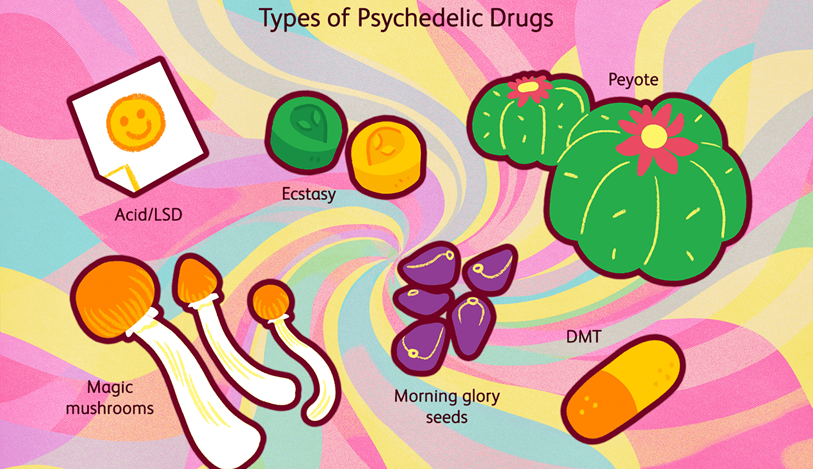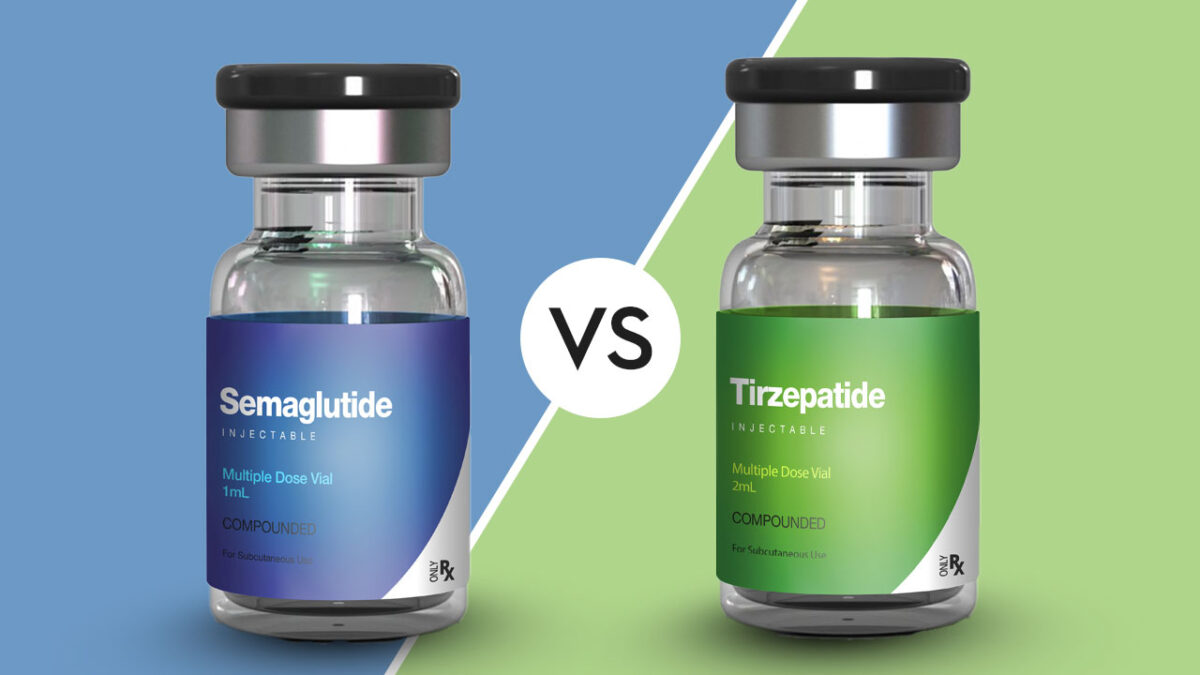- Courses
- GS Full Course 1 Year
- GS Full Course 2 Year
- GS Full Course 3 Year
- GS Full Course Till Selection
- Answer Alpha: Mains 2025 Mentorship
- MEP (Mains Enrichment Programme) Data, Facts
- Essay Target – 150+ Marks
- Online Program
- GS Recorded Course
- Polity
- Geography
- Economy
- Ancient, Medieval and Art & Culture AMAC
- Modern India, Post Independence & World History
- Environment
- Governance
- Science & Technology
- International Relations and Internal Security
- Disaster Management
- Ethics
- NCERT Current Affairs
- Indian Society and Social Issue
- NCERT- Science and Technology
- NCERT - Geography
- NCERT - Ancient History
- NCERT- World History
- NCERT Modern History
- CSAT
- 5 LAYERED ARJUNA Mentorship
- Public Administration Optional
- ABOUT US
- OUR TOPPERS
- TEST SERIES
- FREE STUDY MATERIAL
- VIDEOS
- CONTACT US
What Are Psychedelics?
What Are Psychedelics?
25-05-2024
Psychedelics are drugs that can significantly alter perception, behaviour, consciousness, and thought, often intensifying sensory experiences. This group of substances are classified as psychoactive, meaning they can modify thoughts and perceptions, sometimes causing hallucinations.
Types of Psychedelics

There are 2 main types of psychedelics:
- Classical psychedelics: These are believed to cause hallucinations by activating the serotonin 5-HT receptor, a common receptor found throughout the body. Examples include LSD, psilocybin (found in "magic mushrooms"), and DMT.
- Nonclassical psychedelics: These interact with various receptors in the brain, unlike classical psychedelics that primarily target serotonin receptors. Examples include ketamine and MDMA (ecstasy).
Psychedelics in Mental Health Research
- Several psychedelics, including psilocybin, LSD, MDMA, ketamine, and DMT, are currently undergoing clinical research for their potential in treating mental health disorders.
- Many of these substances function by boosting serotonin levels in the brain, a hormone that plays a crucial role in mood regulation.
Legal Status
While psychedelics have shown promise in therapeutic settings, it's important to note that many of them are listed in the United Nations' Convention on Psychotropic Substances of 1971, which classifies substances based on their potential for abuse.
The Role of Serotonin
- The primary neurotransmitter influenced by most psychedelics is serotonin.
- This chemical acts as a messenger between nerve cells in the brain and throughout the body, affecting various functions like mood, sleep, digestion, and more.
- Imbalances in serotonin levels can lead to both physical and mental health problems.
Must Check: Best IAS Coaching In Delhi



